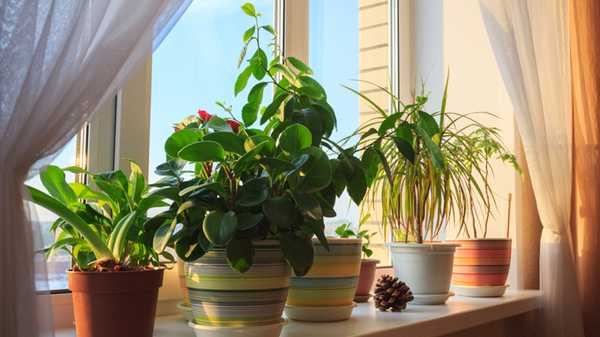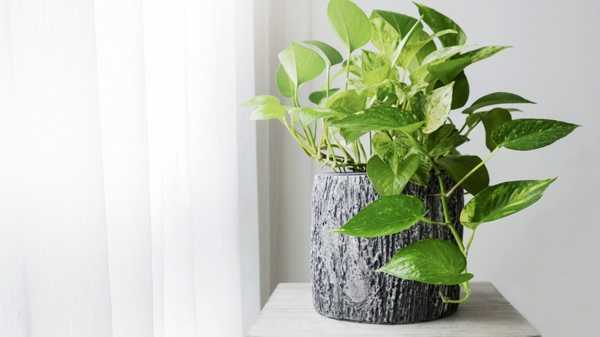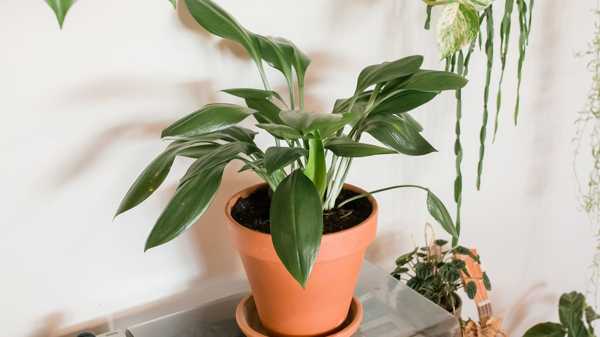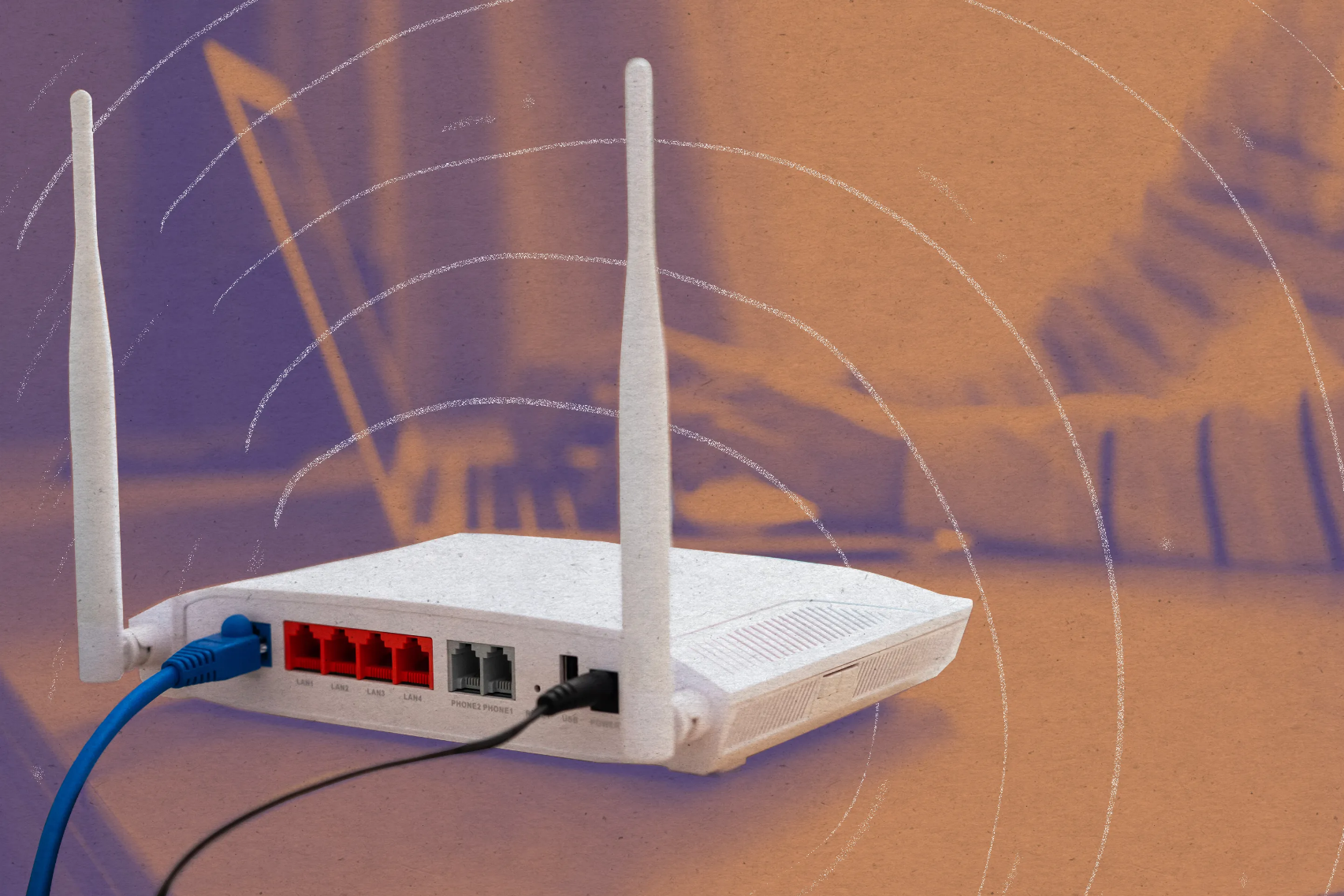Best Low Light Houseplants for Easy Care
Discover the best low-light houseplants perfect for effortless care and brighten your indoor spaces with these resilient green companions.
Indoor plants can transform living spaces, enhance air quality, and lift our spirits, making them indispensable additions to our homes. Low-light houseplants emerge as the perfect green companions for those facing less-than-ideal lighting conditions. These resilient beauties flourish in dim environments and require minimal upkeep, making them incredibly popular among busy individuals or those just beginning their journey in plant care. In this article, we will explore various types of houseplants that thrive in low light and delve into easy care techniques to ensure their well-being. Get ready to discover the ideal plants to brighten your living spaces—regardless of sunlight exposure!
Understanding Low Light Conditions

Low light conditions for houseplants can be somewhat subjective. They generally refer to areas in the home where natural light is limited. These spaces are usually described as lacking direct sunlight for several hours each day. Low-light plants can thrive in locations that receive only indirect light, which is light that is reflected off walls or furniture rather than directly hitting the plant's leaves. In contrast, direct light refers to sunlight that strikes the plant head-on, typically illuminating brighter and light-filled areas.
Different species of houseplants exhibit unique adaptations that enable them to flourish in low-light settings. For instance, plants like the Snake Plant and Pothos are particularly well-suited for these environments thanks to their ability to maximize the use of any available light. Their broad leaves are designed to effectively capture and utilize even sparse light sources.
The science behind plant adaptability involves a process called photosynthesis, where plants convert light energy into chemical energy. In low light conditions, some plants develop larger leaves or produce more chlorophyll, the pigment necessary for photosynthesis, thus enhancing their ability to absorb and utilize light effectively. Others may grow taller, stretching toward light sources to optimize their exposure. Overall, these adaptations render low-light houseplants resilient and a perfect fit for homes with diminished natural lighting, allowing greenery to brighten up any dim corner with minimal fuss in terms of care.
Understanding these light conditions can assist anyone in effectively choosing the right plants to enrich their living spaces.
Benefits of Low-Light Houseplants

Incorporating low-light houseplants into your home enhances aesthetic appeal and offers significant psychological and physiological benefits. Research conducted by NASA in the late 1980s illustrated that houseplants can purify indoor air by absorbing toxins such as formaldehyde and benzene, commonly found in household products. This air purification can lead to healthier living environments, reducing respiratory issues and enhancing overall wellness.
From an emotional standpoint, studies have shown that proximity to plants can alleviate stress and foster feelings of relaxation. Greenery within homes has been linked to improved mood and productivity, making spaces feel more inviting and vibrant. A 2015 study published in the Journal of Physiological Anthropology shows that interaction with indoor plants can lower blood pressure and diminish anxiety symptoms.
These benefits manifest in various real-world applications, from homes to offices and therapeutic settings, where plants act as decoration and contribute significantly to well-being. As we strive for balanced living spaces, low-light houseplants act as perfect companions, merging functionality with beauty while improving the air we breathe and our emotional state.
Top Low Light Houseplants
Snake Plant: The Snake Plant, known as Sansevieria, is an outstanding choice for low-light environments. Its upright, sword-like leaves exhibit striking green and yellow variegation, rendering it an attractive addition to any home. Not only is it visually appealing, but the Snake Plant is also incredibly resilient. This plant thrives on neglect; it prefers to dry out completely between waterings, enabling it to excel in lower light conditions where numerous other plants falter. It can tolerate indirect light, enhancing its suitability for dimly lit rooms. With minimal care requirements, this hardy plant can reach heights of 2 to 4 feet, providing a sculptural element to your space. My experience reinforces its resilience—my Snake Plant has survived multiple vacations without water, illustrating its durability. Ensure it's placed in well-draining soil and water it infrequently to achieve optimal health.
Pothos: Pothos, frequently hailed as one of the easiest houseplants to care for, has become a staple in low-light gardening. This adaptable vine thrives under various lighting conditions but flourishes in indirect light. With its vibrant heart-shaped leaves available in striking green, variegated, and golden tones, Pothos breathes life into a room effortlessly. Renowned for its hardiness, it proves nearly foolproof for beginners in plant care. The care tips are straightforward: allow the top inch of soil to dry out before watering and trim back the vines to encourage fuller growth. Many personal anecdotes highlight how rapidly Pothos takes root in new homes, often growing several feet within mere weeks! It's also well-regarded for air purification, enhancing its desirability and charm.
ZZ Plant: The ZZ Plant, known scientifically as Zamioculcas zamiifolia, stands out for its glossy, waxy leaves and unique architectural form. This plant's ability to thrive in various conditions, including low light, makes it a favorite among enthusiasts. ZZs are drought-tolerant and require minimal water, making them perfect for those inclined to forget about their plants occasionally. Its deep green foliage enlivens any indoor space with very little attention. This adaptability reflects its survival mechanism in wild, arid environments, contributing to its reputation as a low-maintenance housemate. People frequently express satisfaction with how well the ZZ Plant complements their busy lifestyles, offering beauty without intense upkeep and seamlessly integrating greenery into their decor.
Peace Lily: Renowned for its ability to bloom even in low-light conditions, it produces elegant white flowers that beautifully contrast with its lush green foliage. This plant thrives on indirect sunlight, making it an ideal choice for dimly lit corners of homes. Caring for a Peace Lily involves maintaining moist soil without sogginess, as excessive watering could lead to root rot. Its ability to filter indoor air pollutants is an interesting feature, making it a popular choice for homes and offices. Many plant owners fondly recall their first bloom, treating it as a significant achievement. Provided it's kept out of direct light, you can enjoy its stunning blooms—even in the depths of winter.
Philodendron: Philodendrons are exceptionally versatile and come in various species, making them perfect for low-light settings. Commonly found in households, these plants boast gorgeous glossy leaves that can vary significantly in shape and size, from heart-shaped to elongated forms such as the Philodendron Brasil. Their adaptability allows them to thrive in indirect light with minimal care. Regular watering is essential, but letting the topsoil dry out between watering sessions is crucial. Plant enthusiasts often share how effortlessly Philodendrons grow, with many varieties producing delicate trailing vines that add dimension to any room. They are easy to care for and provide a lush ambience that transforms indoor environments into vibrant green havens.
Cast Iron Plant: As the name implies, the Cast Iron Plant, or Aspidistra elatior, is among the toughest houseplants one can cultivate. Originally revered for its resilience against neglect, this hardy plant can thrive even in the shadiest corners. Its dark, glossy leaves shoot straight up, imparting a tropical feel to any interior. The Cast Iron Plant thrives on minimal care; it requires very little water and can withstand fluctuating temperatures and humidity levels. It's frequently recommended for beginners or those with less-than-ideal plant care skills. Numerous stories circulate among plant lovers regarding this tenacious plant, celebrating its ability to survive years of poor conditions while continuing to flourish. Its longevity and hardiness uniquely charm its steadfast presence in homes everywhere.

Care Tips for Low-Light Houseplants
To effectively maintain your low-light houseplants, focus on three key aspects: watering, fertilization, and general care. Water these plants moderately, allowing the top inch of soil to dry out between waterings to prevent root rot, which is prevalent in low-light conditions. Fertilize sparingly—once a month during the growing season with diluted liquid fertilizer is generally sufficient.
General care tips include regularly dusting leaves to maximize light absorption and rotating pots occasionally to encourage balanced growth. Stay vigilant about pests; a mixture of soap and water can effectively handle spider mites or aphids. If you notice yellowing leaves, this may indicate overwatering, necessitating a reduction in your watering frequency. Conversely, crispy or browning leaves could signal that your plant isn't receiving enough water. Following these steps will help ensure your low-light houseplants thrive beautifully in your home.
Embracing the World of Indoor Gardening
Low-light houseplants provide many benefits, from enhancing air quality to elevating the aesthetic appeal of living spaces. By understanding their unique care requirements and selecting plants like the Snake Plant or Pothos, you can ensure that your green companions thrive even in less-than-ideal lighting. As you choose the perfect plant for your home, consider how it aligns with your style and the level of care you are prepared to commit to. Remember that incorporating these plants adds life to your environment and fosters a sense of well-being. So, step into indoor gardening and allow these resilient beauties to infuse your space with a touch of nature. Your journey into greenery awaits, and every corner of your home deserves a splash of vibrant life!







